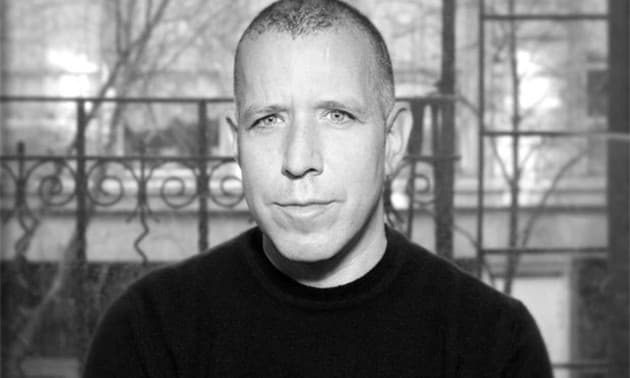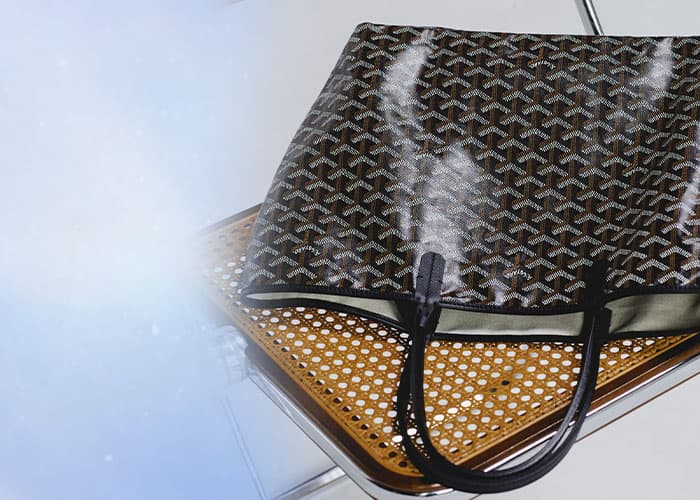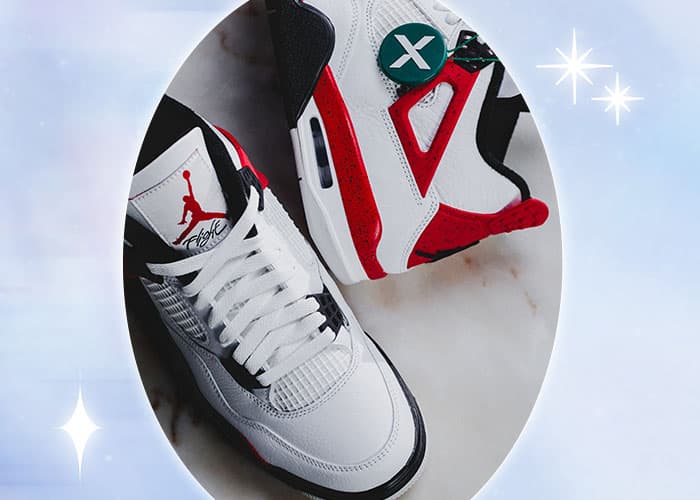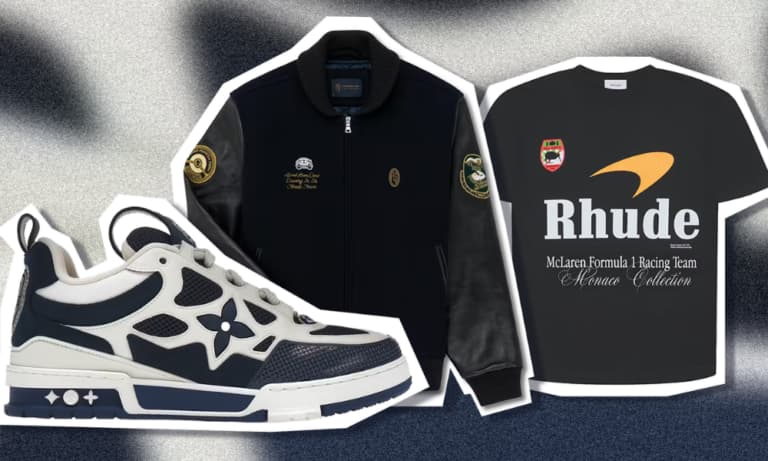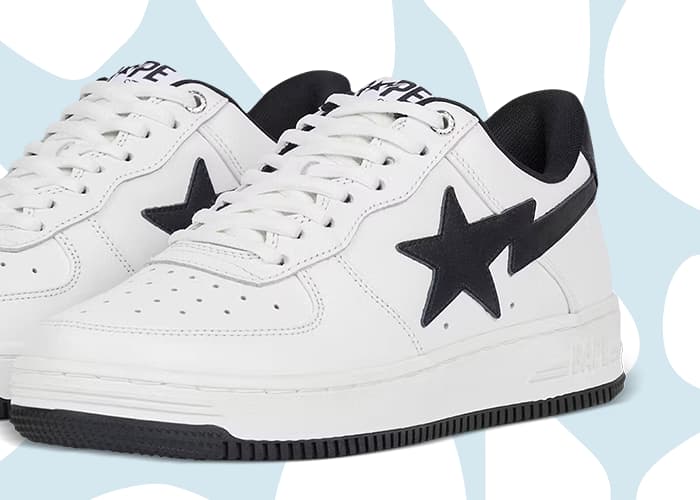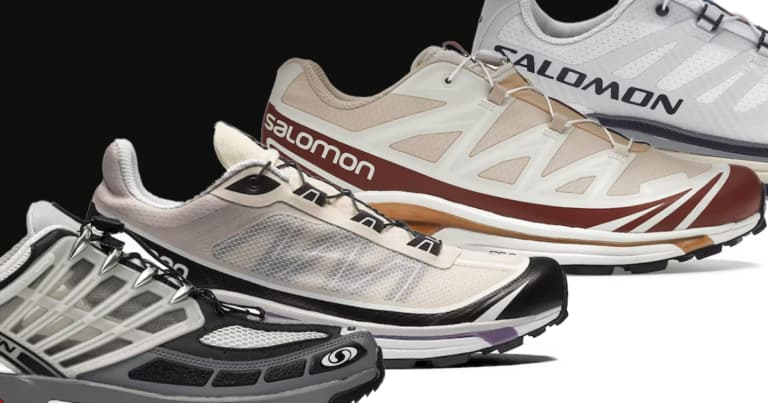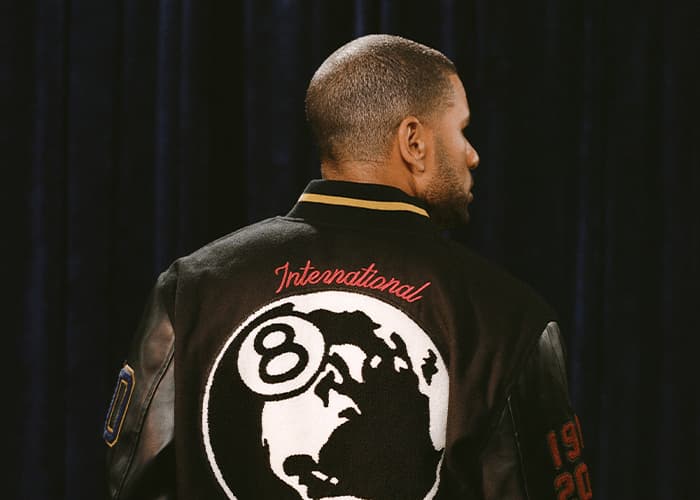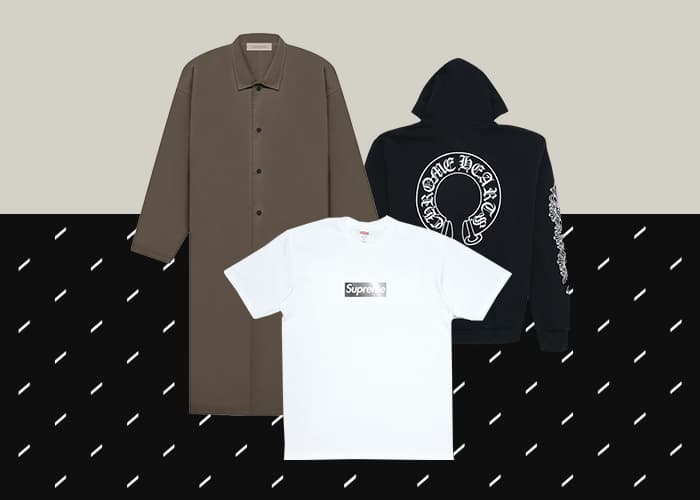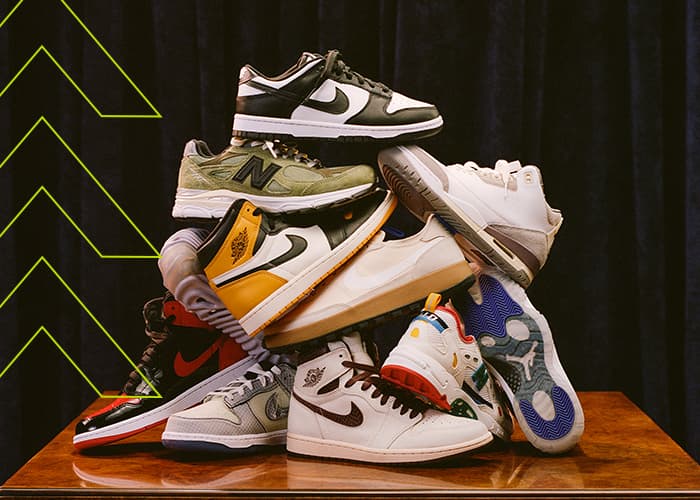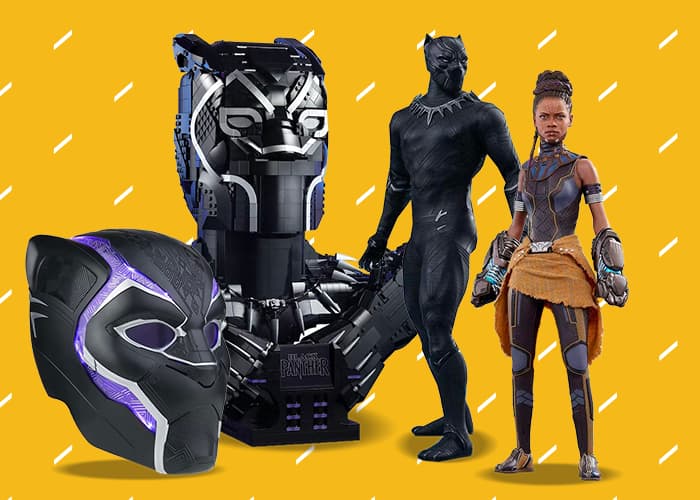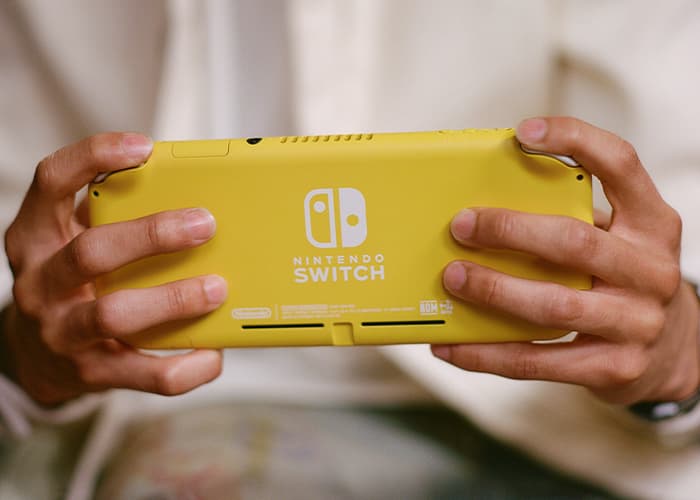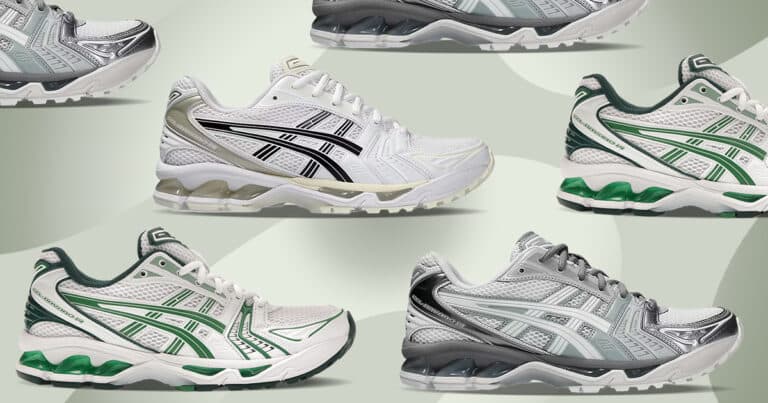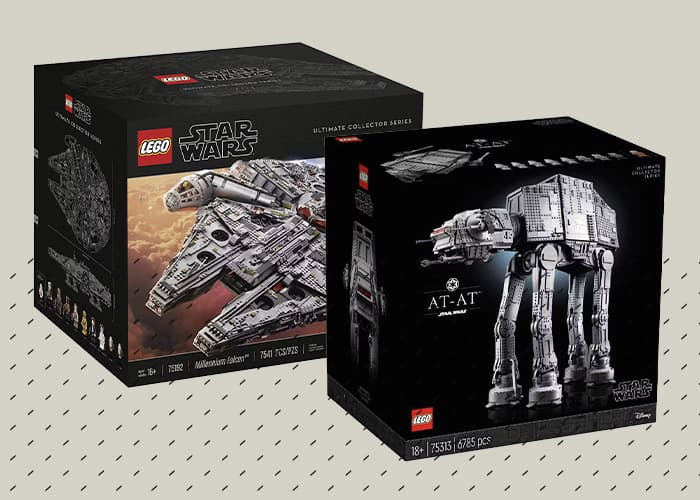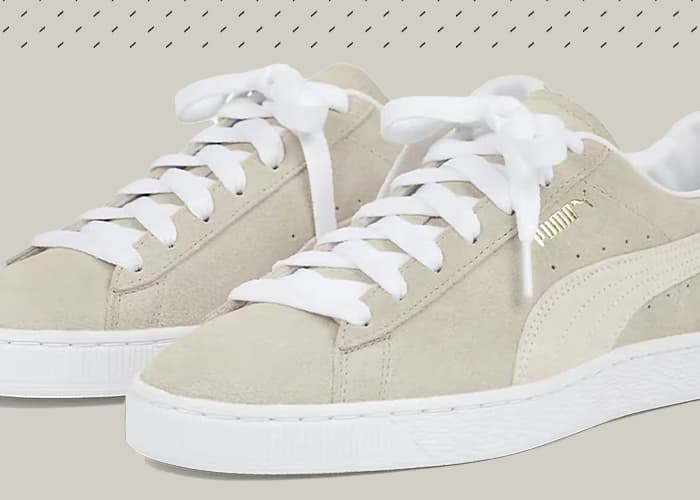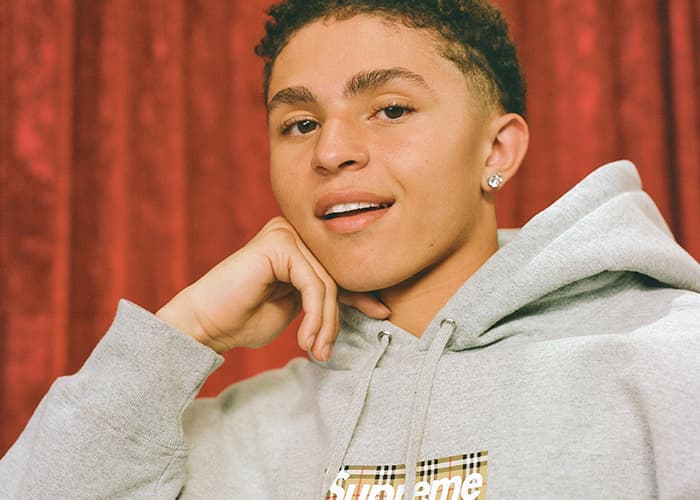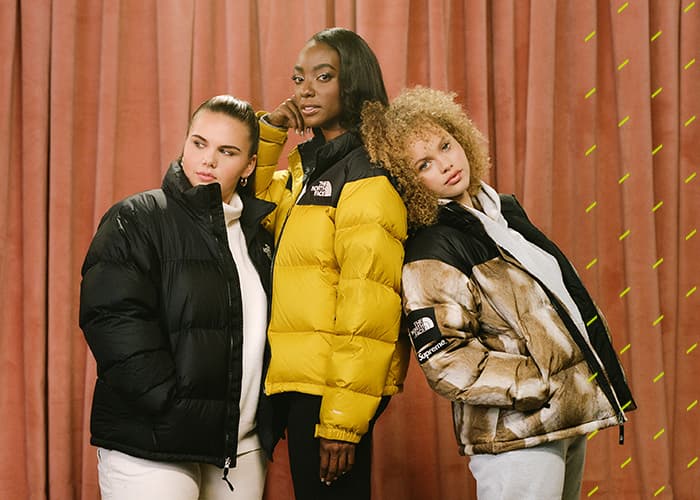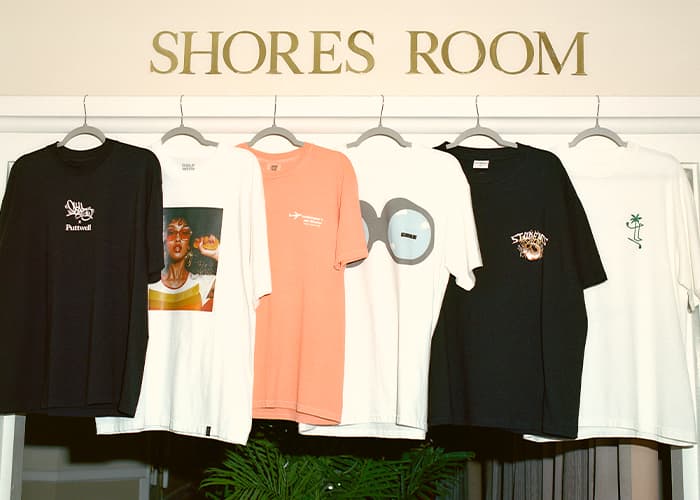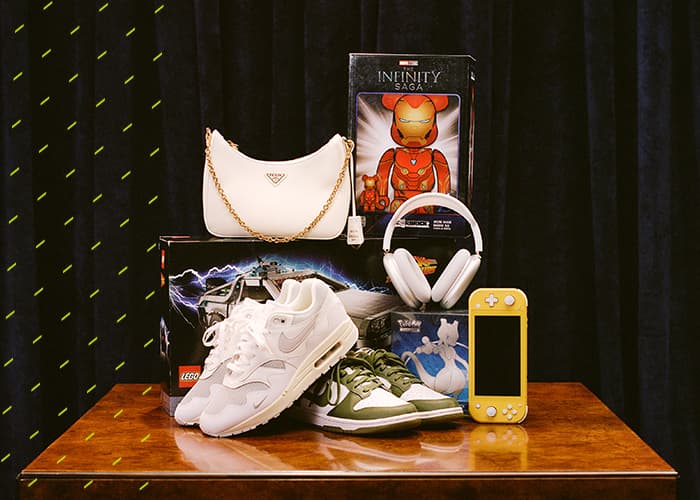James Jebbia has an IMDb page. Born of US descent, Supreme’s eventual founder moved back to England when he was just a year old. It was there that he became a child actor, appearing in four different television series before moving back to the United States when he was 19 years old. Upon arriving in the states, Jebbia took a job with Parachute, a clothing store in New York.
After a few years in New York, Jebbia opened his own vintage store. Soonafter, he’d meet Shawn Stussy, who’d bring him on to help open Stussy’s New York Flagship store. From there, the two would start yet another venture, Union New York, the grandfather to what is now Union LA. With Union, Jebbia and his at-the-time girlfriend, Mary Ann Fusco, tried to cultivate a different kind of look, carrying clothing right on the edge of what was cool. While managing Union and working with Stussy, both of which opened in 1991, Jebbia would take on another project, the one we celebrate with this year’s 25th Anniversary content, Supreme.

Originally, and for a while, Supreme wasn’t a brand that garnered much attention. Jebbia has gone on record stating that he still worked at Stussy for a while once the store opened. Chris Gibbs, now owner of Union LA, got his start Union New York in 1996, when he states that Jebbia was becoming less and less involved. Jebbia himself states that what’s kept the brand afloat over the years is hard work, this seems obvious when one realizes that Jebbia was likely spreading himself between three different jobs at three different stores during the formative years of Supreme.
It’s difficult to find any information about Supreme’s figurehead between the years of 1993 and 2009, or at least he didn’t take any interviews. Often noted as press shy, Jebbia tells Hypebeast that that wasn’t conscious; “I mean, for the first 10 years nobody ever hit us up for anything so for me it has always been quite natural to be like that. There’s not a lot to talk about.” While it would seem that the brand owner dislikes the spotlight and attention, it seems more likely that he just doesn’t have a lot to say about it.
In a similar vein, while not to be consciously press shy, Jebbia does seem somewhat suspicious of the media and their coverage of the brand. He thinks those writing about his brand (yikes), often get the narrative wrong, telling 032C, “All the magazines, if they’re being nice, just think we’re some cool little skate shop doing kick flips downtown,” Jebbia says. “They always write the same thing over and over.” It seems for that reason that Jebbia has taken only few of what must be an innumerous amount of interview requests, and only with people he respects or trusts. His interviews over the years have been accepted only with the likes of the late Glenn O’Brien, i-D Magazine (one of Jebbia’s favorite magazines as a young adult), Business of Fashion, PAPER, and Hypebeast (but only for their print edition).
It seems clear that Jebbia only wants his brand’s story told a certain way, releasing his own Supreme Rizzoli book in 2009 and sparingly allowing others to interpret it through their own lens. His relative silence on the matter, seemingly only adds to the brand’s mystique and insider mentality where if you know, you know. Jebbia’s made it clear that the media and most who report on his brand don’t get the full picture and don’t seem to understand what it represents, what it is. Maybe that’s the point. At the moment, if one is to fully understand the 25 year old brand, it takes research and the piecing together of interviews, lookbooks, collaborations, and certain perspective to even scratch the surface. With information so limited, one is forced to fill in the cracks with experiences; forum participation, perusing the webstore, maybe even a visit to the store. While never explicitly stated, maybe the simple fact that Jebbia refuses to outright tell people what Supreme is and what makes it so special is the thing that makes it stand out. After all, the story that nobody will tell is always the most interesting.
Beyond his reluctance to appear for media, Jebbia’s never neglected his duties as the head of the brand, swallowing the bullet several times in the last year. He recently spoke with Business Of Fashion on the Supreme Italia Counterfeit ordeal and more pleasantly, made a public appearance to receive his CFDA for Menswear Designer Of The Year.
In the end, it would appear that Mr. Jebbia is simply a businessman. The simplicity of his work, the long hours, and his desire to create a business and not a character is something that for years has flabbergasted the industry of fashion. What fashion so often looks for is the character and with Jebbia, they simply (and ironically) do not find it; what they find is a man who’s worked hard, learned a lot, and made clothing that people truly want to wear. At its core, Supreme is a business that’s figured out what kids want right now and how to get it to them at a price that feels acceptable. The low quantity runs and lines around the store are simply the results and symptoms of that. James Jebbia is a businessman, a five hundred million dollar businessman.


